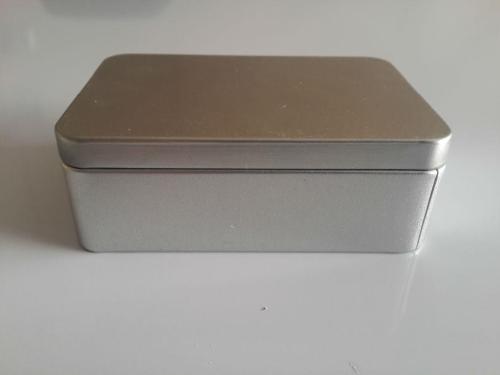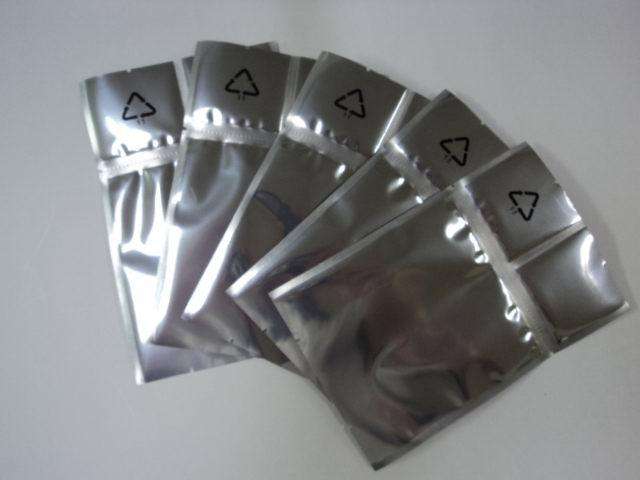Source: Link Testing Instruments Co.,Ltd
There are many types of pharmaceutical packaging materials on the market. In addition to common plastic, glass, and paper products, there are rubber, metal, wood, and composite materials. The international pharmaceutical packaging materials are becoming more and more diverse. Let's take everyone to understand the types of medical packaging materials and their advantages and disadvantages.
1. Plastic
Plastic has the advantages of firm packaging, easy sealing, bright color, transparent and beautiful, light weight, easy to carry, and low price. The disadvantage is that the plastic is breathable and light-permeable, easy to absorb, etc. The above shortcomings will accelerate the rate of oxidative deterioration of the medicine, deteriorate the medicine, and leave a safety hazard for the patient's medication.
2. Glass
The advantages of glass, a pharmaceutical packaging material, are transparency, easy sealing, moisture resistance, and relatively stable chemical properties. The disadvantage is that it is heavier and fragile, and will release alkaline substances and insoluble peeling due to the erosion of aqueous solutions. In order to ensure the quality of medicines, the Pharmacopoeia stipulates that ampoules and large infusion bottles must be made of hard neutral glass, and containers made of brown glass should be used when holding medicines that are perishable when exposed to light.

3. Wood
Wood has pressure resistance and is a commonly used pharmaceutical packaging material. Because it is not environmentally friendly, it will gradually be replaced by plastic box paper products.
4. Metal
Commonly used are black iron sheet, galvanized iron sheet, tinplate, aluminum foil, etc. Pressure resistance and good sealing performance are the advantages of metal packaging, but the disadvantage is that the cost is relatively high.

5. Paper products
Paper products have a wide range of sources and low cost. After being painted with moisture-proof paint, they have certain moisture-proof performance. The packaging volume can be manufactured according to needs. It has the value of recycling and is one of the most widely used packaging materials today. Low strength and easy deformation are the shortcomings that cannot be ignored in this type of pharmaceutical packaging materials.
6. Rubber products
Rubber products are in direct contact with medicines, so they are required to have very good biochemical stability and excellent sealing properties to ensure that they will not deteriorate due to the entry of air and moisture within the validity period. This type of packaging material is mainly used for the production of bottled medicines. Kind of corks.
7. Composite materials
Composite materials are packaging materials made of plastic, paper, aluminum foil and other multi-layer composites. Commonly used are aluminum foil-polyethylene composite materials, aluminum foil-polyester vinyl, paper-plastic composite materials and so on. These composite materials have good mechanical strength, biocorrosion resistance, vacuum retention performance and compression resistance.

In recent years, the development trend of pharmaceutical packaging materials in China has been rapid. Packaging materials are developing in the direction of composite materials. More and more companies have begun to pay attention to environmental protection and lightness. For pharmaceutical companies and pharmaceutical packaging material manufacturers, in addition to the selection of materials, the quality control of packaging materials is also the most important development.
For more details of the Testing instruments on Medical Packaging please visit www.linktesting.org